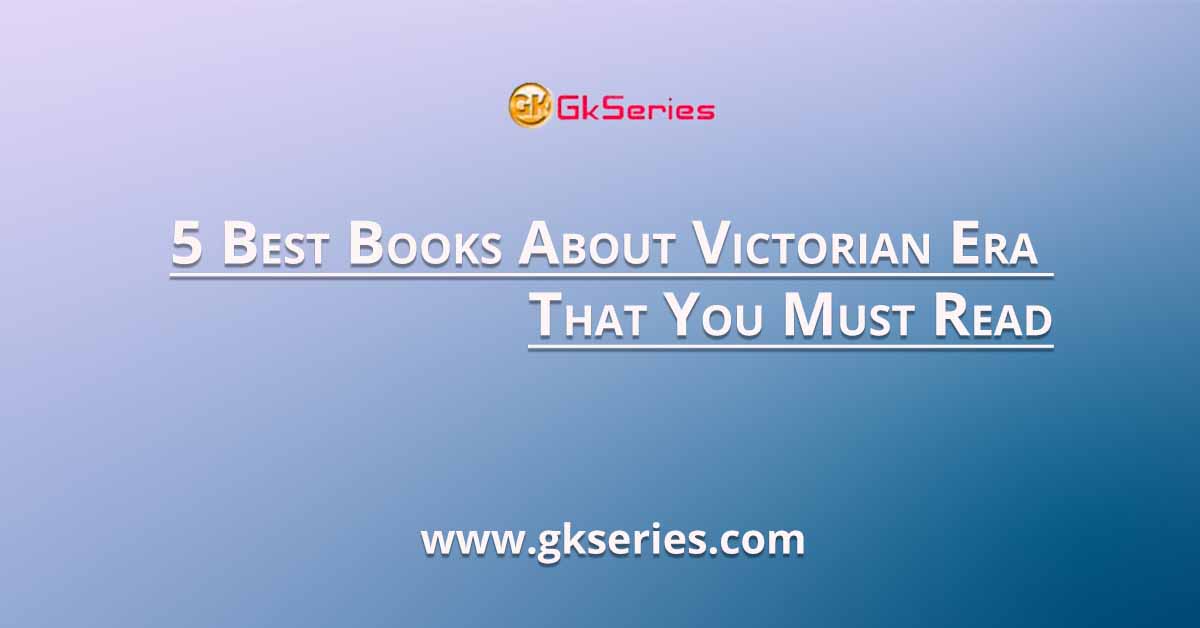5 Best Books About Victorian Era That You Must Read

List of 5 best books based on Victorian Era. In the history of the United Kingdom, the Victorian era was the period of Queen Victoria’s reign, from 20 June 1837 until her death on 22 January 1901. Check out the list of the 5 best books about the victorian era.
1. The Victorian Age: The Age of Comfort and Culture

First published in 1939, Robert Balmain Mowat provides a detailed account of the Victorian Age. From international conflicts and diplomacy to art, literature and the Industrial Revolution, Mowat examines one of the most formative periods in British history. However, The Victorian Age covers not just a Victorian England, but a Victorian world, providing a worldwide context of Britain in that era.
Buy Now from Amazon
2. Victorian Studies in Scarlet

In the first chapters, Mr. Altick examines the Victorian delight in murder as a social phenomenon. The remainder of the book is constructed around classic murder cases that afford a vivid perspective on the way people lived–and died–in the Age of Victoria.
Buy Now from Amazon
3. Disenchanted Night

Wolfgang Schivelbusch tells the story of the development of artificial light in the nineteenth century. Not simply a history of a technology, Disenchanted Night reveals the ways that the technology of artificial illumination helped forge modern consciousness. In his strikingly illustrated and lively narrative, Schivelbusch discusses a range of subject including the political symbolism of street lamps, the rise of night-life and the shop-window, and the importance of the salon in bourgeois culture.
Buy Now from Amazon
4. The Reading Nation in the Romantic Period

In this 2004 book, William St Clair investigates how the national culture can be understood through a quantitative study of the books that were actually read. Centred on the Romantic period in the English-speaking world, but ranging across the whole print era, it reaches startling conclusions about the forces that determined how ideas were carried, through print, into wider society.
Buy Now from Amazon
5. Becoming Dickens

Becoming Dickens tells the story of how an ambitious young Londoner became England’s greatest novelist. In following the twists and turns of Charles Dickens’s early career, Robert Douglas-Fairhurst examines a remarkable double transformation: in reinventing himself Dickens reinvented the form of the novel. It was a high-stakes gamble, and Dickens never forgot how differently things could have turned out. Like the hero of Dombey and Son, he remained haunted by “what might have been, and what was not.”







